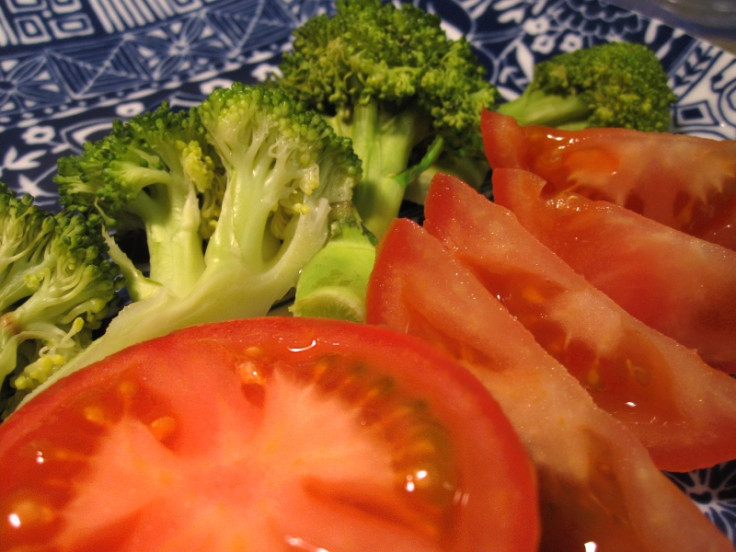We are hardwired to hate low-calorie green vegetables
When given the choice between red or green foods, people go for the scarlet option.

Humans appear to be hardwired to avoid low-calorie green foods like vegetables as a result of evolution. Scientists have discovered processing colours helps our brains decide what food to eat.
When people are presented with natural, unprocessed food, they tend to go towards red-coloured ingredients, which are associated with a greater number of calories.
Non-human primates look carefully at their food before selecting what they will eat – they determine whether a specific meal is going to be nutritious based on its colour, with red shades signalling higher energy content in fruits and leafs.
In humans too, the role of vision is key when it comes to food choice. We have trichromatic visual system. This means we can see a large number of colours, because there are three classes of photoreceptors tuned preferentially to three different bands of the visible spectrum in our retinas. We therefore rely a lot on what we see when we decide what ends up in our plates.
Research into food choice in humans had previously focused on the effects of colour on taste, but little had so far been published on whether our evaluations of perceived calorie content in food is linked to its colour. Some reports did mention that using colour to select food could be a result of evolution, and the authors of this new study published in Scientific Reports, wanted to investigate this hypothesis.
"According to some theories, our visual system evolved to easily identify particularly nutritious berries, fruits and vegetables from jungle foliage," said Raffaella Rumiati, neuroscientist and coordinator of the study at the International School for Advanced Studies (Trieste, Italy).
Just food, not objects
The scientists hypothesised that, irrespective of the type of food, individuals would prefer red- over green-looking natural food. They recruited healthy participants and asked them to rate how desirable they judged images of food and non-food items.
The experience confirmed that red-coloured foods were preferred, and were thought to contain more calories than green foods. However, this preference for red shades was not observed for non-food objects. "The preference for red over green is not observed with non-edible objects," said Rumiati. "This means that the colour code of the visual system activates correctly only with food stimuli."
What about cooked food? Red foods are only more nourishing when they are uncooked, but the brain still judges red processed food as more desirable – confirming an evolutionary process is at play. Rumiati concluded: "With cooked foods, the dominance of red over green no longer provides reliable information, which might lead us to believe that the brain would not apply the rule to processed foods. On the contrary, it does, which hints at the presence of ancient evolutionary mechanisms from before the introduction of cooking."
© Copyright IBTimes 2025. All rights reserved.






















